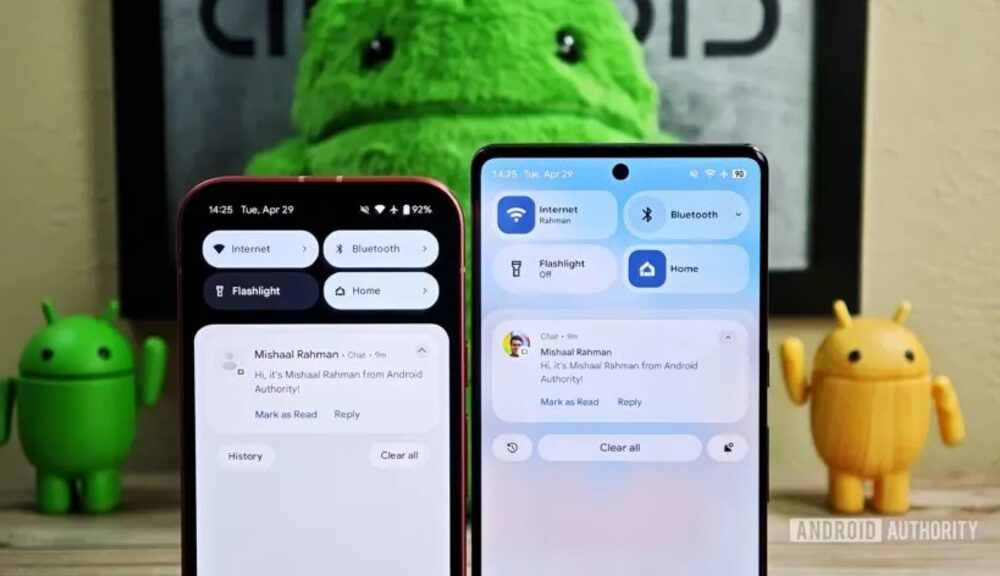Material 3 Unleashed: Android 16's Bold Design Throws Down the Gauntlet to Samsung's One UI 7

Android 16 Set to Rival Samsung's One UI 7 with Material 3 Expressive Design
Google is preparing to elevate the Android user experience with its upcoming Android 16 release, introducing a fresh design approach called Material 3 Expressive. First glimpsed in Android 16 Beta 4, these design changes are poised to deliver a more dynamic and engaging interface.
The new design comes as Samsung has already made significant strides in revamping its user interface with One UI 7. While details about Samsung's update continue to emerge through various leaks, Google's Material 3 Expressive appears to be a direct response to the evolving mobile design landscape.
Reported by AndroidAuthority, the upcoming design modifications aim to create a more fluid and interactive user experience. By focusing on expressive design elements, Android 16 looks to set a new standard for mobile interface aesthetics and functionality.
Users can expect a more intuitive and visually appealing interface that seamlessly blends form and function when Android 16 officially launches.
